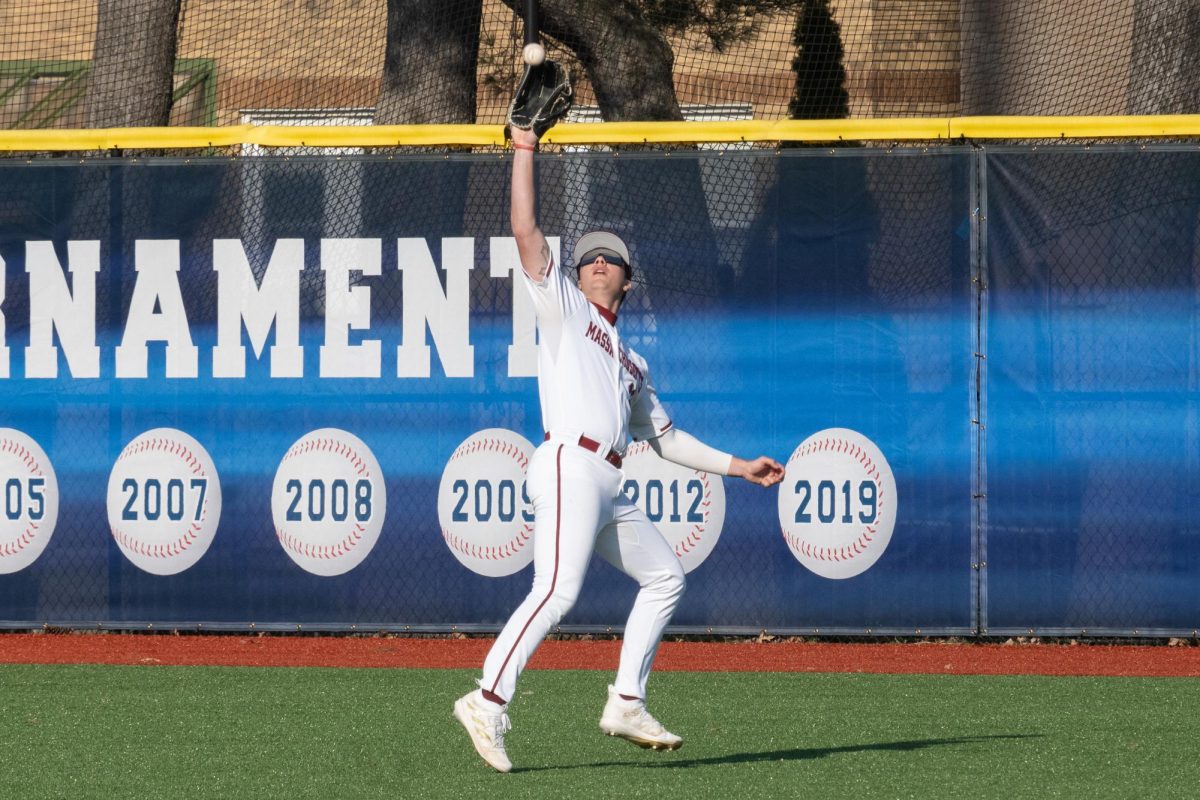
Every year, college students from major universities across the country go home around Christmas time to enjoy almost four weeks of uninterrupted relaxation. This winter break is used by most students to work, spend time with friends from home, or take a break from college life. It is interesting that we get such longer breaks than in high school in the first place. The tradition draws its roots back to the fiscal crisis of the Carter administration, when colleges realized they could reduce their spending by lengthening their breaks. The upsides to a long winter break are obvious. But what about the downsides? While winter break is definitely necessary, does it need to be four weeks long?
As most Massachusetts residents know, the weeks following New Year’s Eve are the worst of the year. Not only is it freezing outside, but also it is boring inside. Most students find themselves ridden with cabin fever after the initial thrill of being home wears off. What’s more, being away from close college friends for four weeks is difficult. There’s not much to do other than work, which is important as a college student, as these weeks are crucial for building up savings for the spring semester. Despite this, many college students already have jobs during the academic year. In fact, more than 70 percent of college students work while attending school. This is the real question money-savvy students should be asking: why are we paying so much for our education when we have such big gaps in the school year?
Some schools have overcome the large break by including a winter term in the tuition. Essentially, the winter term is optional, but since you already paying, it makes the most sense to take classes after New Year’s Eve. For example, Elon University’s winter term is referred to as “J-Term,” or January term. It is not the same as the fall or spring semesters because students take fewer classes and there is a specific subtheme for the classes.
There are a number of benefits to a J-Term. For one, students learn in a non-traditional manner. Students attend panels, watch films and learn from speakers whose topics align with the subtheme for the term. They attend one three-hour class a day, and students are then free to spend the remainder of the day however they like, which includes working on or off-campus. Additionally, students get a two-week holiday before J-Term as well, maintaining the essence of a winter break. Essentially, a winter term keeps students productive while still allowing them to enjoy most of the benefits of winter break.
I am not saying that UMass should get rid of winter break by any means. I understand that there are plenty of students who use winter break to travel, work and take a much-needed break. What I am saying is that UMass should improve the options for students who find the thought of four long winter weeks at home daunting and boring. Most college students are eager to learn, especially during a season when there isn’t much to do. Giving students an outlet to be productive and improve on themselves other than with a minimum wage job is incredibly important. Altogether, we should use the weeks after New Year’s Eve to improve as students and as a University.
Sophia Corsetti is a Collegian columnist and can be reached at [email protected].



















Keith Paul • Nov 2, 2017 at 8:44 am
UMass DOES OFFER a vibrant slate of online courses during winter session. Classes run Dec 26 through Jan 20, and the selection features MANY dual gen-eds!
While there is a cost to take these courses, the Financial Aid office can help you pack these fees into your Fall or Spring award package, or help you identify other funding sources.
Learn more at http://www.umass.edu/cpe
Ed Cutting, EdD • Nov 1, 2017 at 5:00 pm
Prior to 2011-12, UMass had a 5-6 week winter break, which allowed “intersession” courses.
.
The real expense is not heating but snow removal. It’s less traumatic to close the campus if classes aren’t in session, and that means you only have to plow once, after the storm is over. And even if the univ is open, without classes, you don’t have to keep plowing sidewalks & shoveling entryways.
And walking to class in subzero wind isn’t fun. That was part of it too…
UMgrad06 • Nov 1, 2017 at 3:15 pm
Lest we forget commencement is two weeks earlier than it was a decade ago. Tuition is going up, time in the classroom is going down… you do the math.